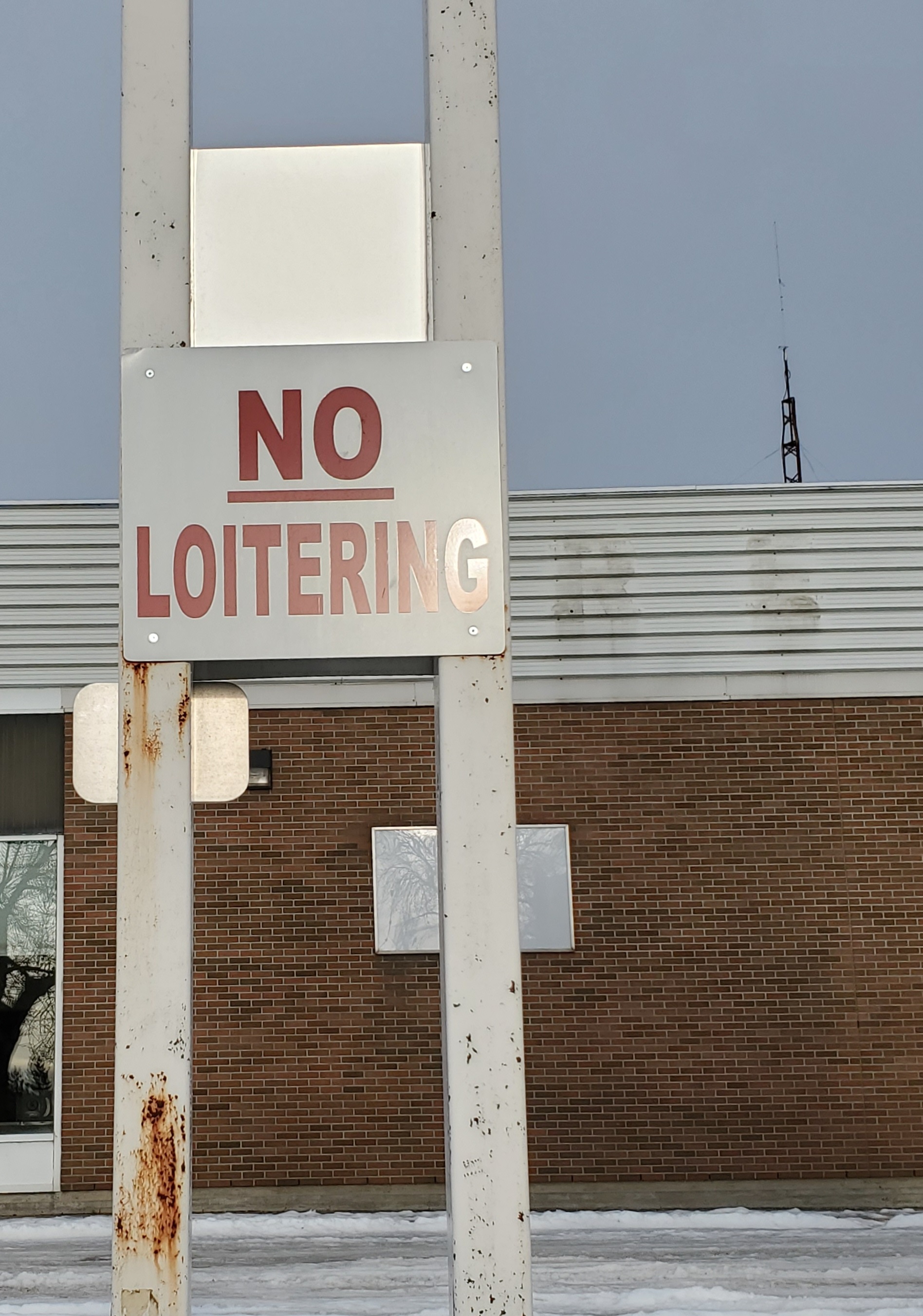‘Hostile architecture’ is a phrase that has been generating a lot of buzz in major urban centres. It refers to specific architectural design components meant to influence the way people interact with public spaces.
Many examples of hostile architecture have drawn criticism, as some believe that the practice targets those who heavily rely on public spaces such as youth and homeless populations.
University of Victoria’s John Koenig wrote his Master’s thesis on notable examples within the province, calling the practice “exclusionary”.
Although the phenomenon was originally confined to major cities within the province, a growing number of locations around Prince George are relying on clever design tactics to discourage unsavoury behaviours such as loitering.
Curiously, another term has developed that calls the practice ‘defensive architecture’, which views design as a way of reducing crime and improving neighbourhood safety.
Within the city, the practice has drawn equal numbers of critics and supporters.
“The main problem is that people are going to be somewhere,” explained local Sociologist and Criminologist, Marc Sinclair.
“What happens is that it just switches the locations in which people congregate. It doesn’t do much in the way of solving crime… people are just getting pushed around essentially,” he added.
Numerous plastic bus benches around the city are divided in a way that Sinclair believes may discourage homeless from sleeping on them, as he commented:
“The ‘armrests’ in Prince George… have very little aesthetic value and don’t look like they are at the right height for an armrest.”

However, the city denied this claim.
“You can have three people sitting so that every person on that bench has the ability to use an armrest,” explained Dave Bradshaw, Manager of Transportation and Technical Services.
When presented with the response, Sinclair conceded: “It is possible that they serve a dual purpose, and that their installation may be subject to a different intent according to geography,”
Master’s student John Koenig reflected on similar benches in Victoria with multiple armrests, which he definitively concludes are to “deter lounging or sleeping”.
Following questions on examples of hostile or defensive architectural design, many major companies seemed reluctant to comment.
When questioned about a speaker playing opera music outside of one of its Prince George locations, a major fast-food chain avoided the question after absolving corporate responsibility, replying:
“The majority of our restaurants are independently owned and have the option of setting their own policies for their restaurant.”
However, not all proponents of the architectural practice were shy to answer.
Prince George RCMP spokesperson Cpl. Craig Douglass was willing to speak on the matter, explicitly mentioning Crime Prevention Through Environmental Design (CPTED), a blanket term provided to various initiatives that aim to reduce crime through architecture and design elements.

“The RCMP in PG have been involved in CPTED for many, many years. Our community policing unit offers free commercial and residential evaluations where CPTED trained staff or volunteers come into a space to provide recommendations. All victims of break and enters are offered the service, but anyone can contact us.” Douglass explained.
In this way, business and homeowners may be enticed to investigate architectural design as a means of protecting their property.
Sinclair concluded his conversation with MyPGNow by saying: “I wouldn’t see it [architecture] as hostile, but it is a way of governing people.”
Regardless of if it is called hostile architecture, defensive architecture, or CPTED, the phenomenon seems to be a growing practice within the City of Prince George.
Something going on in the Prince George area you think people should know about?
Send us a news tip by emailing [email protected].






